Elements of Art
Line:
are marks made by a pointed tool: brush, pencil, pen, etc. Lines can vary in width, direction, curvature, length, or color.
Shape: are formed wherever the ends of a continuous line meet. Geometric shapes
such as circles, triangles or squares have perfect, uniform
measurements and don't often appear in nature. Organic shapes are
associated with things from the natural world, like plants and animals.
Color: wheels show the primary colors, secondary colors, and the tertiary
(intermediate) colors. They also show the relationships between
complementary colors across from each other, such as blue and orange;
and analogous (similar or related) colors next to each other such as
yellow, green, and blue. Black and white may be thought of as colors
but, in fact, they are not. White light is the presence of all color;
black is the absence of reflected light and therefore the absence of
color.
Value (Tone): or tone, refers to dark and light; the value scale refers to black and
white with all gradations of gray in between. Value contrasts help us
to see and understand a two-dimensional work of art.
Form: describes objects that are three-dimensional, having length, width, and height.
Texture: can be rough, bumpy, slick, scratchy, smooth, silky, soft, prickly--the
list is endless. Texture refers to the surface quality, both simulated
and actual, of artwork.
Space: refers to distances or areas around, between, or within components of a
piece. Space can be positive (white or light) or negative (black or
dark), open or closed,shallow or deep,
and two-dimensional or three-dimensional.
Principles of Design
Balance: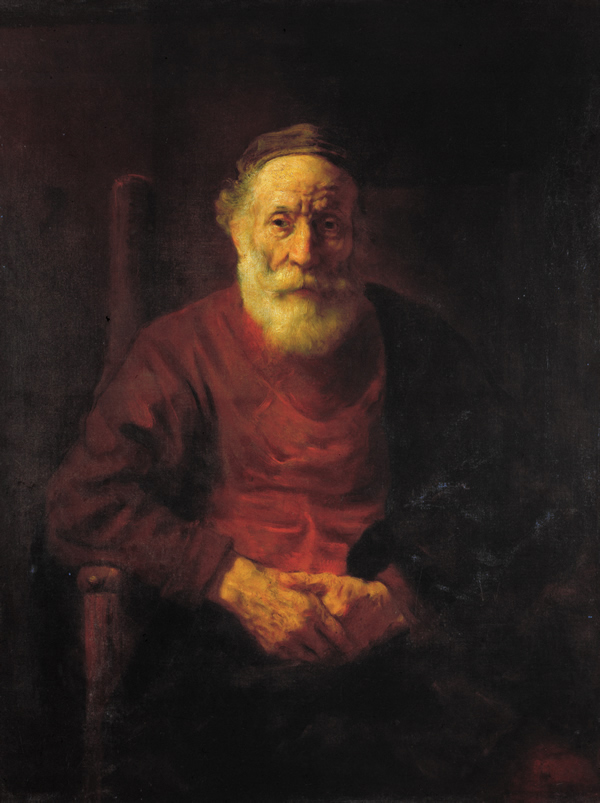 an even distribution of weight enabling someone or something to remain upright and steady.
Contrast:
an even distribution of weight enabling someone or something to remain upright and steady.
Contrast: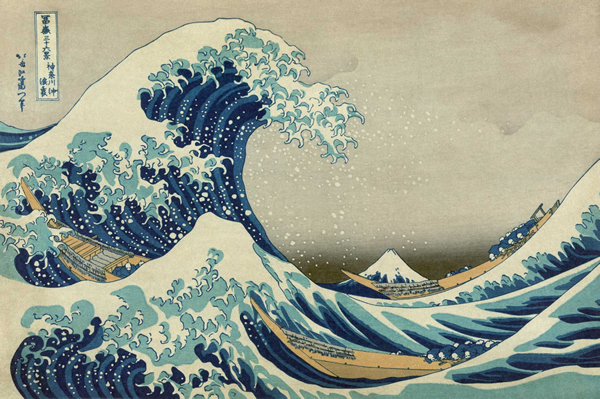 Dark in areas.
Dark in areas.
Emphasis: Moving towards you.
Moving towards you.
Movement: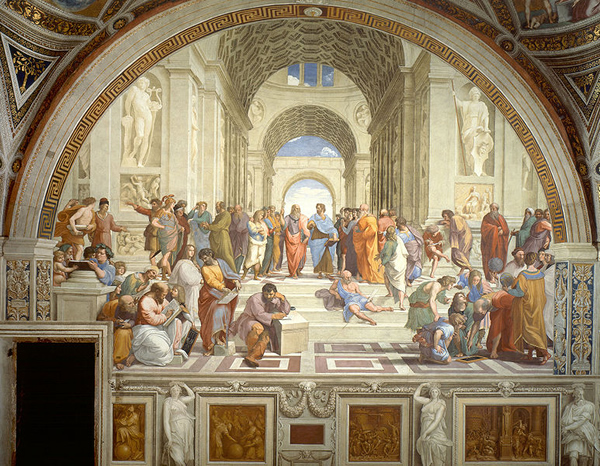 There moving in this photo.
Pattern:
There moving in this photo.
Pattern: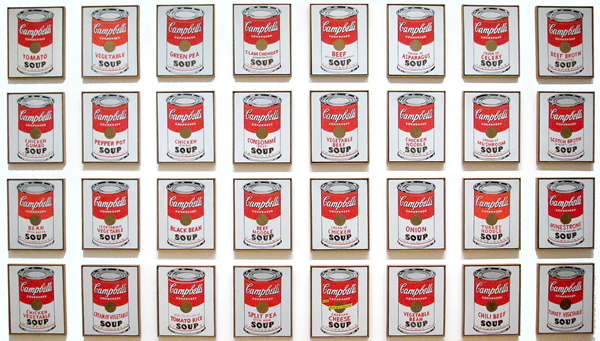 Its a patter.
Its a patter.
Rhythm: Its moves.
Unity:
Its moves.
Unity: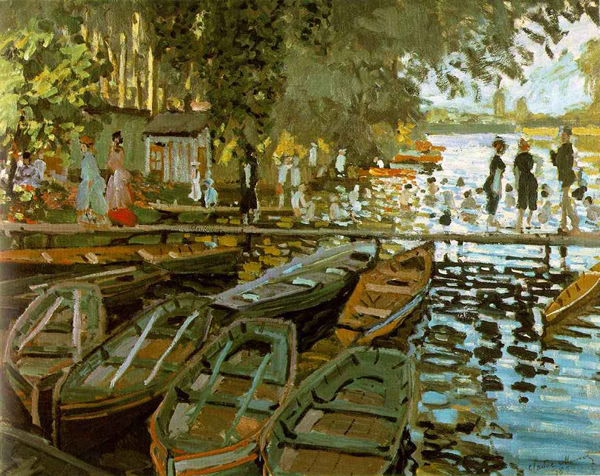
the boats fits in the photos.






 the boats fits in the photos.
the boats fits in the photos.


